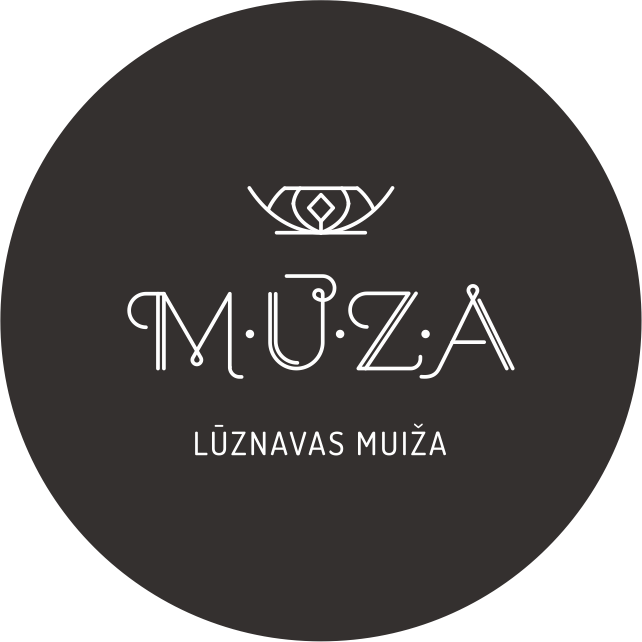CHIVES
Latvian: maurloks
German: Schnittlauch
Swedish: gräslök
Estonaian: murulauk
Lithuanian: laiškinis česnakas
Russian: лук скорода
DESCRIPTION
Perennial, small (ha 15-40 cm) annual plant of the lily family. The stem is smooth,
cylindrical, as are one or two leaves of the stem (ga 10-30 cm, pl 0.2-0.5 cm). The
inflorescence at the end of the stem is very dense and never has many veins.
Flowers pinkish violet, large (1-1.5 cm in diameter). Perianth longer than the
stamens, six-parted (rarely five-parted), gathered only at the base, the ends of the
lobes pointed, usually always clearly visible darker longitudinal veining. In the bud,
the inflorescence is surrounded by a membranous, violet-hued villum, which, when
the plant blooms, breaks into 2 parts, remains at the base of the stem and becomes
duller as it dries. Blooms from June to August.
DISTRIBUTION
Found in most of Europe, as well as in Siberia and North America. In Europe, two
subspecies are distinguished. Often cultivated; as a result, in many places it is not
an autochthonous (native), but a naturalized species. For this reason, the basic area
is difficult to delimit.
Rarely in Latvia, mainly in river (especially Daugava) valleys. It is not found in the
northern part of the country. Often cultivated in gardens.
HABITATS
Individual specimens and small groups in wet meadows, bushes, waxy and
calcareous slopes of river banks, dolomite outcrops.
SPECIAL INDICATIONS
Decorative plant, used in food. Unlike the similar, but very rare, introduced mountain
onion (A. montanum), the stem is round throughout (not bilobed below the
inflorescence), the stamens are always shorter than the perianth (not slightly longer).
Recorded in the Latvian Red Book in the 3rd category.
ORIGIN
It is native to South Asia.
MORPHOLOGY
Chives are another perennial bulb that rewards you with fresh scallions in early
spring. The scallions are delicate, they resemble grass sprouts. The bulbs are also
very small, but there are many of them in the nest - from 15 to 20. At the beginning
of summer, chives bloom with beautiful purple flower balls.
ECOLOGY
Excellent frost resistance. They can be grown even in the Far North. Grows in
sunny, open places with sufficient moisture. Needs loose, fertile loam or sandy loam
soils or floodplains with good structure. The best pre-plants – cucumbers, courgettes
– are those for which increased doses of organic fertilizers are used.
MEANING
Medicinal and food plant. Bows are rich in ascorbic acid, sugars, vitamins - group B,
E, PP, carotenes, essential oils. Used to reduce hypovitaminosis. In cooking,
scallions and flowers are used (to decorate dishes), the taste of which is similar to
garden scallions, only milder. The effect of plant allelopathy is also used when
creating plant communities in vegetable and herb areas.
Maurloks - Maurloks (Allium schoenoprasum) - redzet.eu
Augu katalogs ir tapis ar Eiropas Savienības finansiālu atbalstu Pārrobežu sadarbības programmas 2014.–2020. gadam projekta LVIII-062 “Versts of Feelings 2” ietvaros


